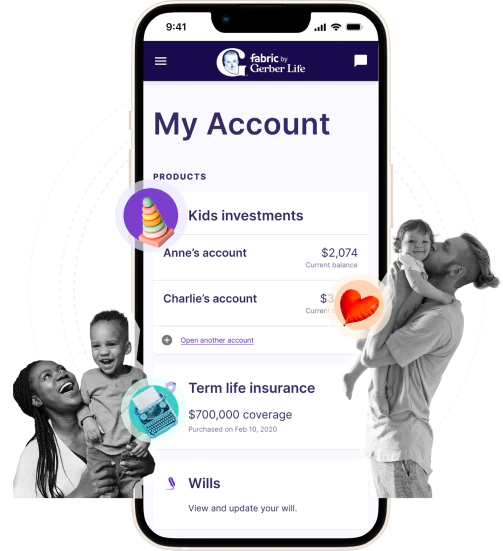
Becoming a parent has a funny way of changing how you see the world. Suddenly, every little decision feels bigger. You’re not just thinking about yourself anymore—you’re thinking about this tiny person who depends on you for everything. I remember when my partner and I first started talking about our baby’s future. We opened a savings account, considered college plans, and even looked at UGMA accounts. But honestly, one thing that didn’t come to mind right away was insurance.
Looking back now, I realize just how important it is. Insurance might not sound as exciting as decorating the nursery or planning the first birthday party, but it’s one of those quiet, behind-the-scenes things that can make all the difference for your child’s future.

Why We Thought About More Than Just Savings
Like a lot of new parents, our first instinct was to put money aside for our baby. We started saving for college early, because tuition isn’t getting any cheaper. But here’s the thing: savings accounts and college funds only work if everything in life goes according to plan. And if parenting has taught me anything, it’s that life rarely goes exactly the way you expect.
That’s when insurance came into the conversation. It felt less like a financial product and more like another way of protecting our child—just like baby-proofing the cabinets or buckling them into a car seat. It wasn’t just about numbers on a page; it was about peace of mind.
Why Insurance for Kids Makes Sense (Even If It Feels Unusual)
I’ll admit, the first time someone mentioned child life insurance, I thought, Wait, is that even necessary? But once I dug into it, it actually made a lot of sense.
- You Lock In Their Insurability
Kids are generally healthy, which means their insurance premiums are usually lower. Getting coverage early means they’ll always have it—even if health issues show up later in life. - It Can Build Cash Value
Some policies grow a cash value over time. It’s not a replacement for a savings account, but it’s another little safety net. Down the road, it might help your child with expenses when they’re starting out on their own. - It Provides Comfort During the Unthinkable
None of us want to go there mentally, but life is unpredictable. If something ever did happen, having coverage would at least keep financial stress off the table while navigating the hardest moments of our lives.

It’s Really About Security
When I think about why we chose insurance, it wasn’t because I love talking about policies and premiums. It was because I wanted to know—really know—that my child would be okay, no matter what.
Parenting already comes with enough “what ifs.” Are they eating the right food? Do they feel safe at school? Am I giving them enough love and guidance? Insurance answered one of the biggest “what ifs” for me. If something ever happens, my child is still taken care of. That’s a huge weight off my shoulders.
How Insurance Fits With Other Financial Goals
Insurance doesn’t replace savings or investment plans—it works alongside them. In our case, we’ve set up a small college fund, we’ve explored accounts for future expenses, and we still make sure to save for everyday things. Insurance just fills a different role.
Here’s how I see it:
- Savings accounts are for short-term needs.
- Investments are for long-term growth.
- Insurance is for protection against the unknown.
All three together give us a well-rounded plan.
A Quiet Gift That Lasts
One of the things I’ve realized is that insurance is a gift my child won’t notice today—but it’s one that will matter deeply later. Years from now, when they’re stepping out into the world, they won’t have to worry about whether their parents planned ahead. That foundation of security will already be there.
And honestly, that feels good. Parenting is full of choices where you’re not sure if you’re doing the right thing, but this one feels right. It feels like love in action.
Final Thoughts
At the end of the day, being a parent means preparing for both the joys and challenges of raising a child. While we can’t predict the future, we can take steps to make it less uncertain. Insurance, especially when considered alongside savings and other financial tools, helps provide that stability every child deserves.
So, whether you’re already exploring college funds, researching UGMA accounts, or simply trying to figure out what financial steps to take first—don’t overlook the importance of insurance. It may not feel urgent today, but years from now, you’ll be glad you made this choice for your child’s future.

